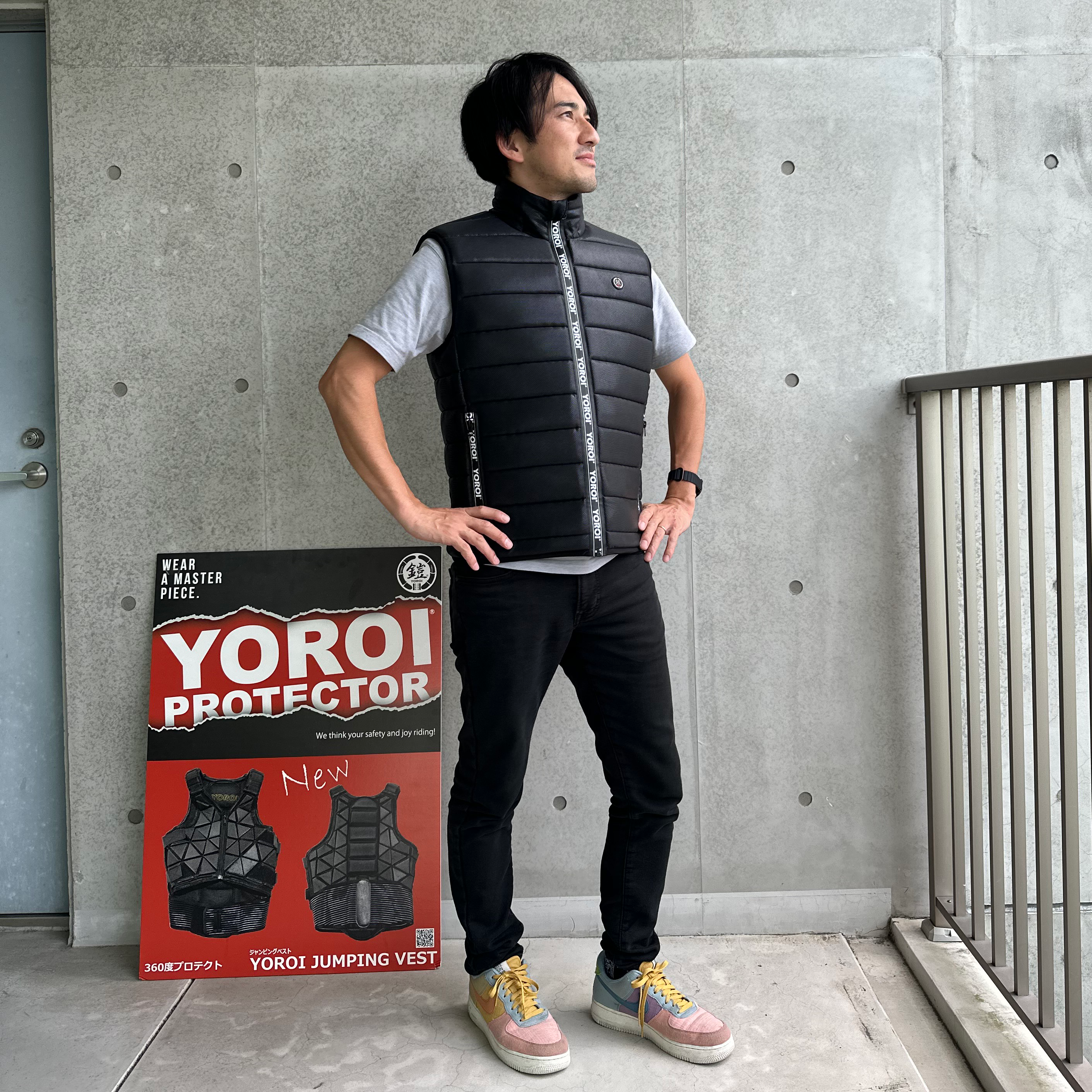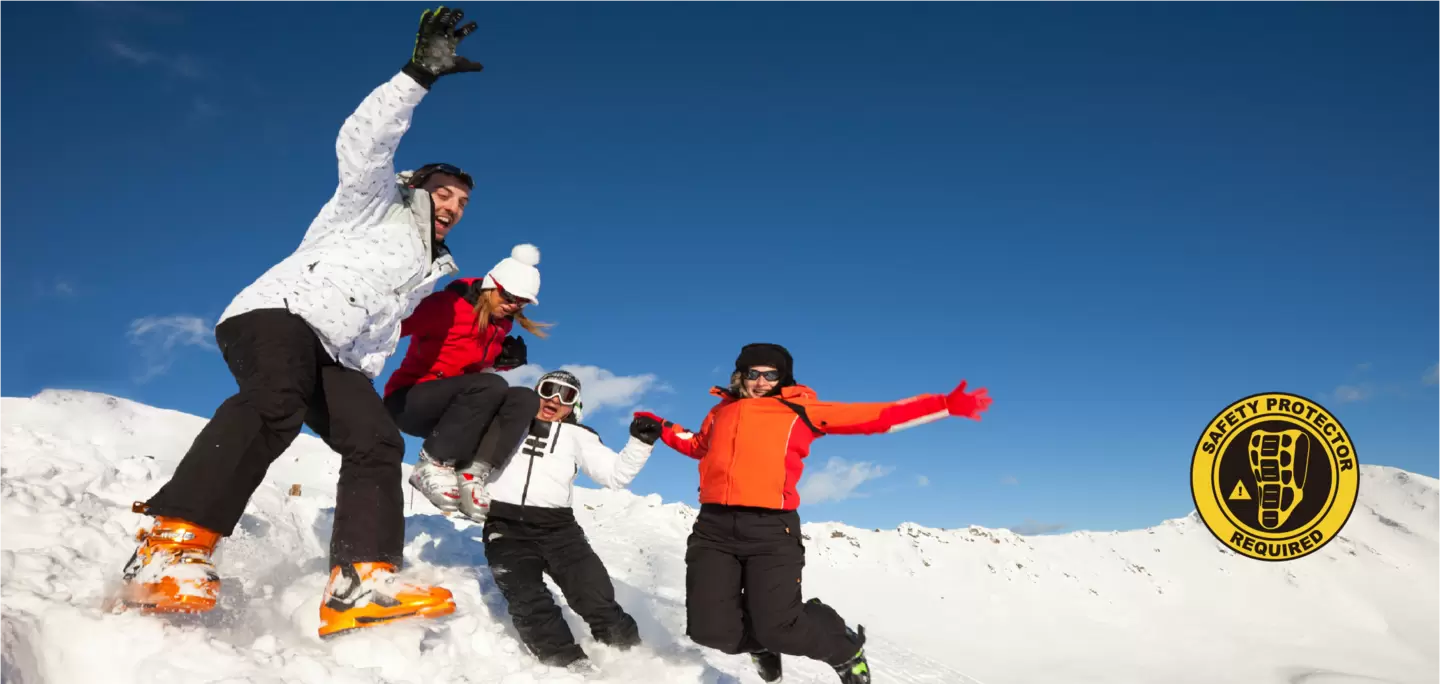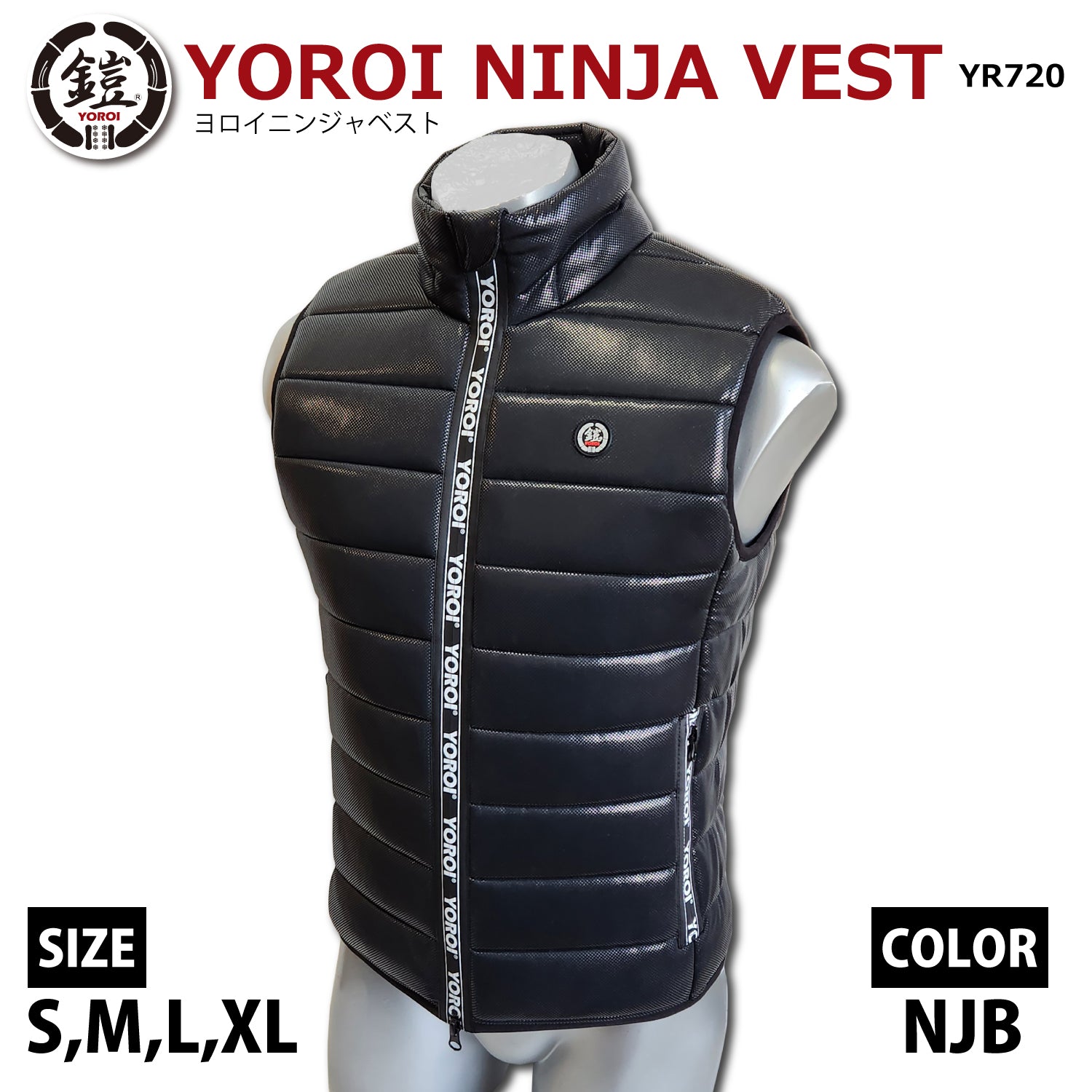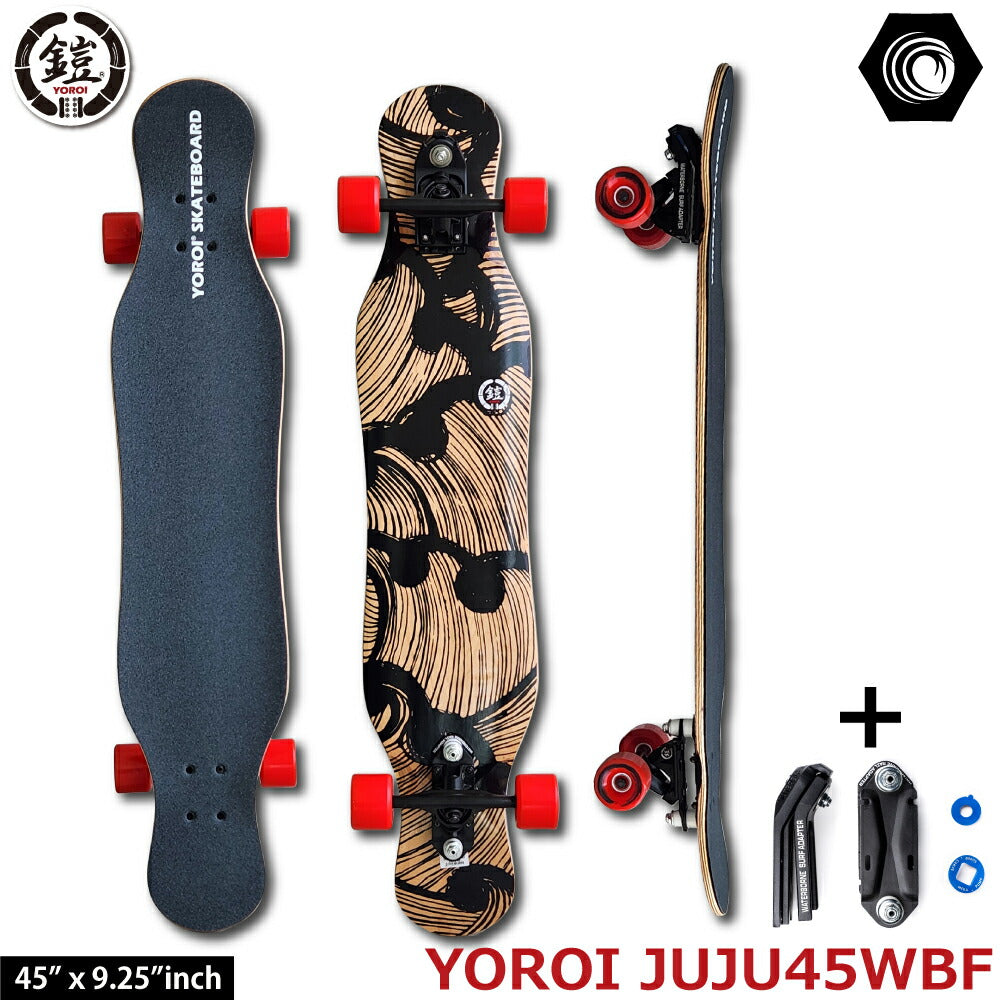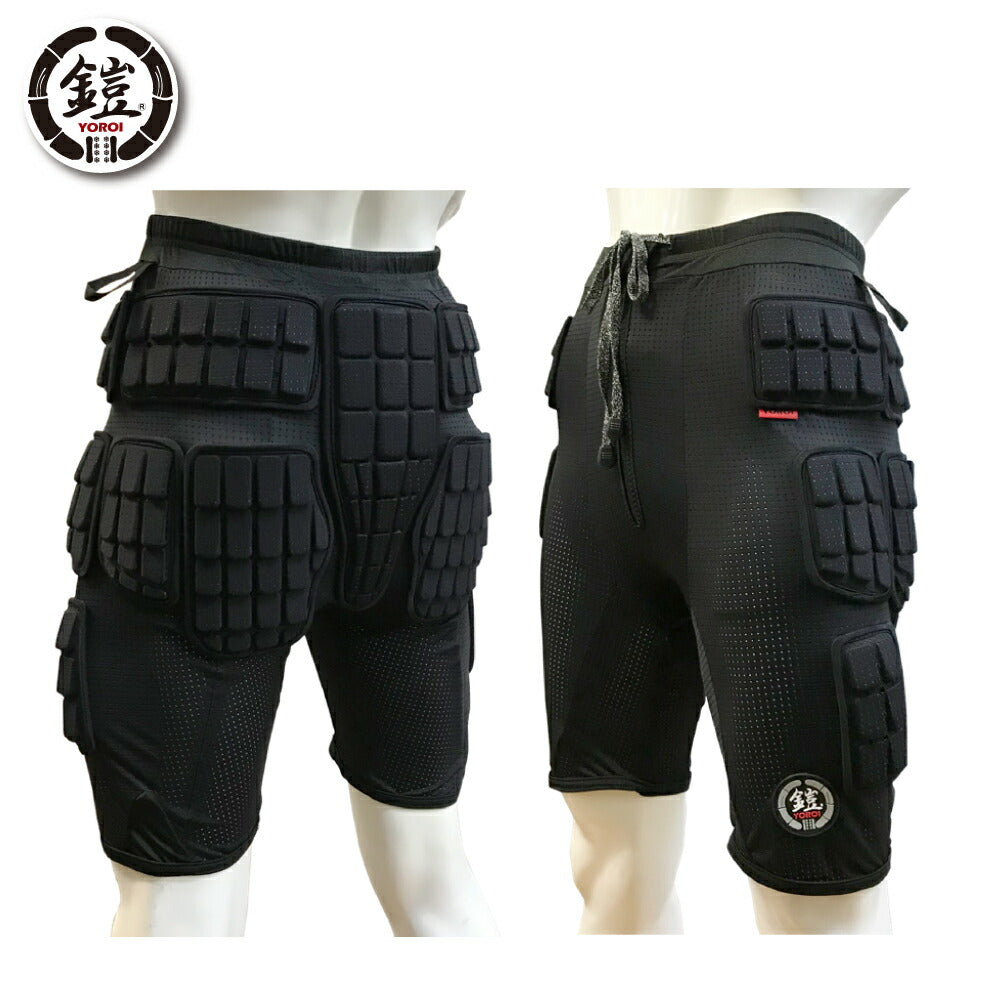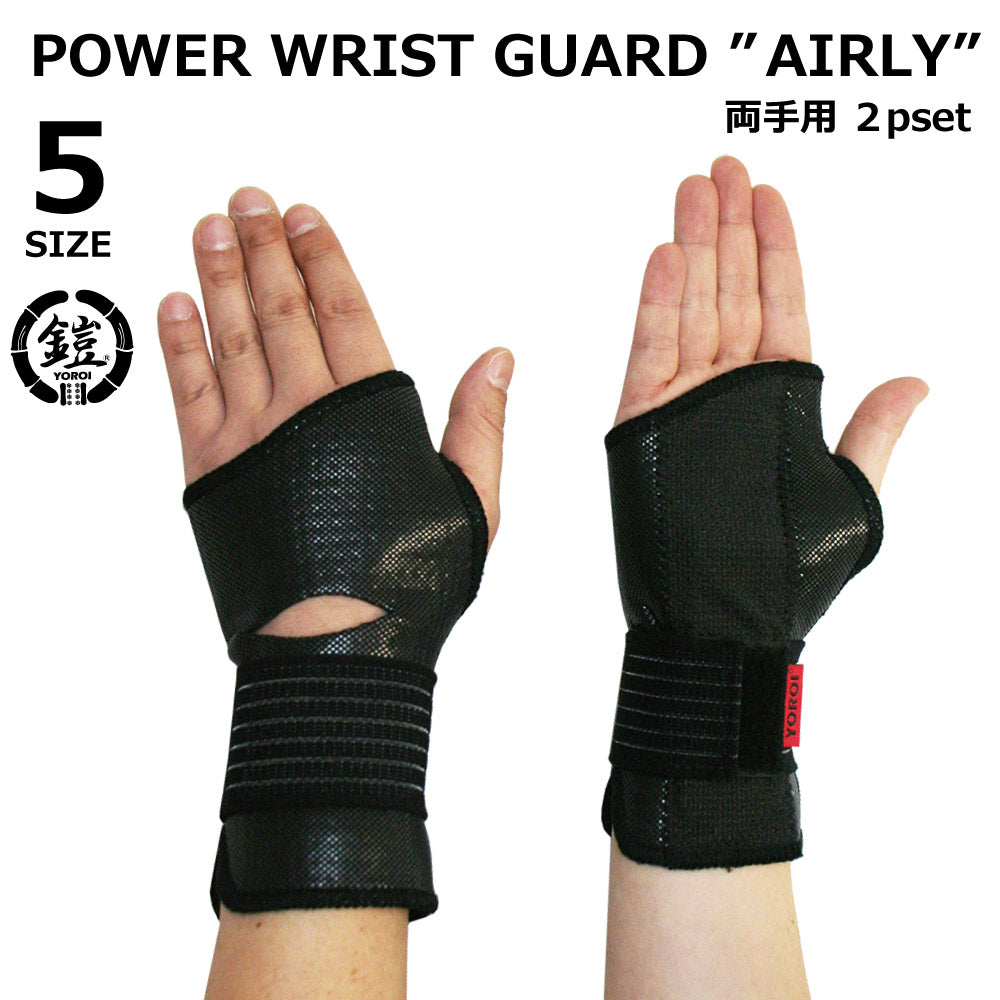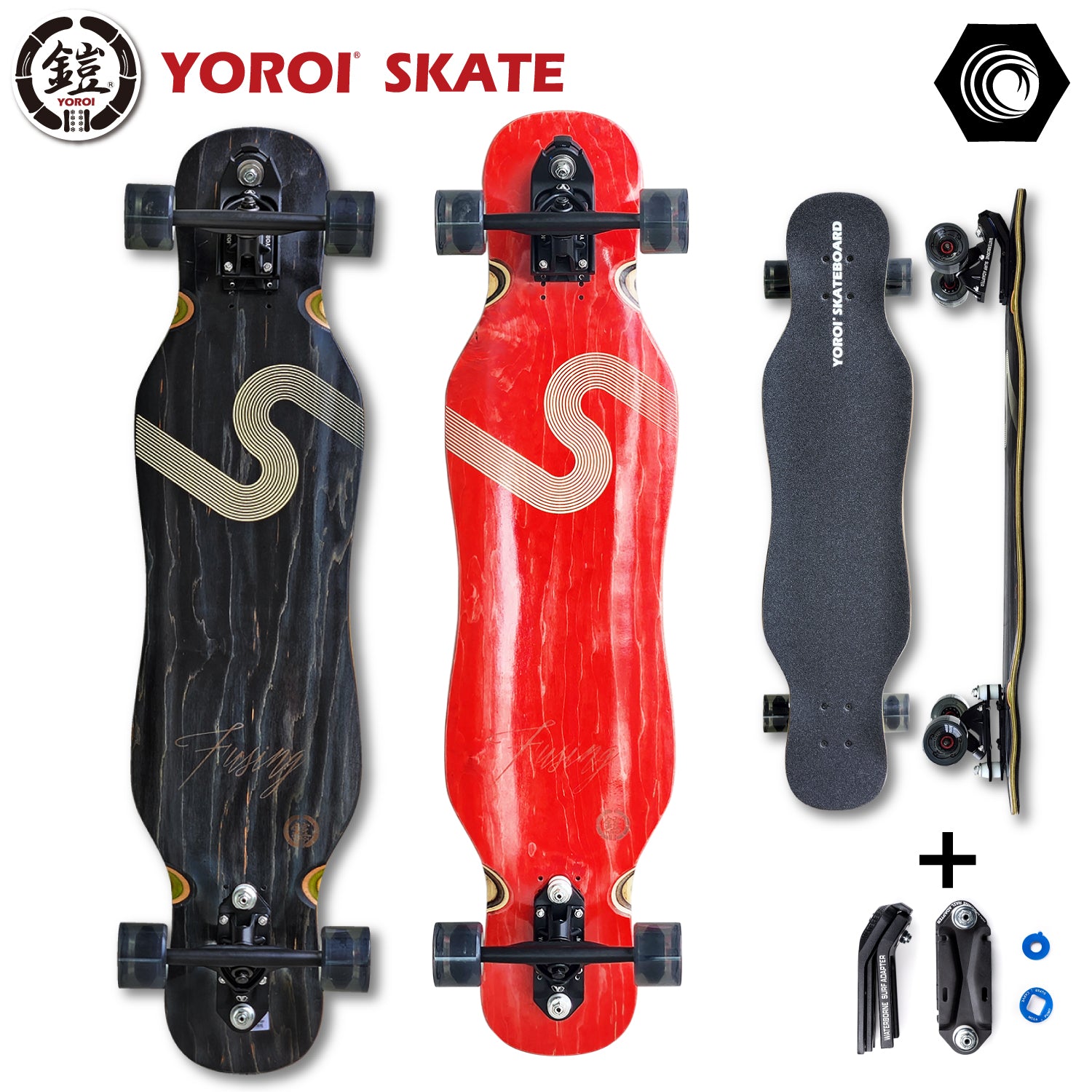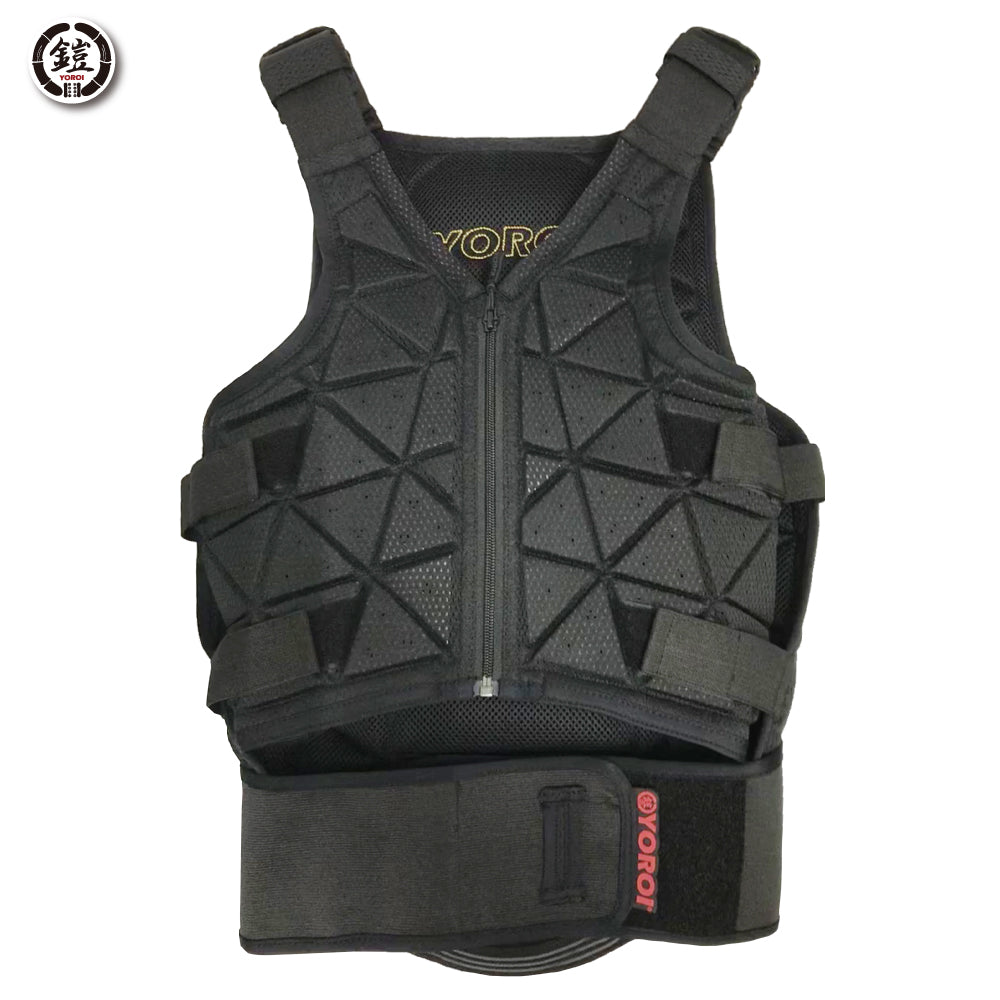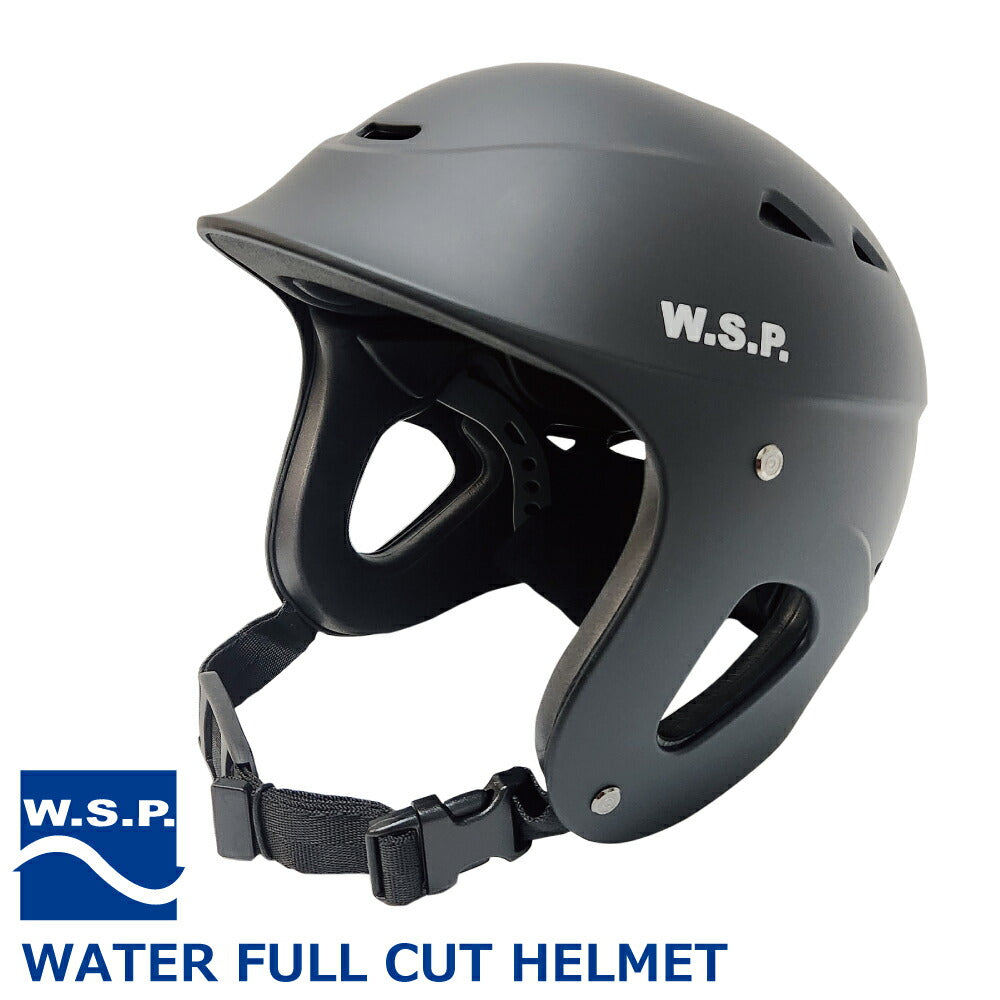For safe enjoyment
SAFETY
To enjoy snow sports safely,
Things you need to know to prevent and treat injuries
After the ski boom in the late 1980s and the snowboarding boom in the 1990s, ski resorts have changed dramatically in recent years, with the addition of areas for competing in tricks on jumps, rails, half-pipes, boxes, etc., and ways of enjoying the sport becoming more diverse. As a result, injuries from snow sports and skiing have become more diverse as well, and there is a need for changes in accident prevention methods as well. In Switzerland, a survey has shown that a large percentage of people have become more safety-conscious since suffering an injury. Now, around the world, attention is being paid to safety measures using protectors.
As pioneers in snow sports protection, we would like to continue to consider the importance of protection and ways to reduce the risk of injury.
With a little prevention and ingenuity, the risk of injury can be greatly reduced. Also, wearing protective gear greatly reduces the pain when you fall, so you can try again and again, which will help you improve your skills more quickly.
Snowboarding is an appealing and versatile sport, with freestyle competition featuring airs and tricks, and alpine competition featuring slaloms and cross courses.
The rules for competitions and ski resorts are...
① The FIS (INTERNATIONAL SKI FEDERATION) Competition Equipment Standards & Commercial Marking Standards 2012/2013 recommend the use of protectors in all events. It also clearly states that children under 12 years of age should use back protectors.
② The National Ski Safety Council's Snow Sports Safety Standards state that wearing a helmet and other necessary protective gear is an obligation when using a snow park.
FOR SKI
According to the Ski Resort Injury Report (data from the 2015/2016 season) published by the All Japan Ski Safety Council, most skiing injuries involve the lower limbs, and the main causes are injuries sustained by the edges or poles when falling on oneself, or failure to perform a trick or falling while skiing. The second most common cause is collisions with others, and it is important to note that this is more prevalent among skiers than snowboarders. When skiing, if you lose control and start to go out of control, you should be brave and fall as quickly as possible. It is safest to fall sideways on either the left or right buttocks, and if possible, try to keep both feet together. The more speed you gain, the more afraid you become of falling, so you will not be able to fall. If you think it is dangerous, fall and stop while you still have time. In that case, the protector will help to absorb the impact of the fall.
FOR SNOWBOARD
Snowboarding is an attractive sport that offers a wide variety of fun, from freestyle, which competes in airs and tricks, to alpine, which competes in slaloms and cross courses. Due to its versatility and the style in which the feet are not spread apart, there is a special tendency for injuries that occur when falling, which are called snowboarding fractures. For example, in freestyle, injuries and fractures of the upper limbs, such as the head, elbows, upper arms, spinal cord, and wrists, are common, while in alpine, injuries of the head, lower legs, and ankles are common. In particular, in freestyle, there is a tendency for falls on gentle slopes due to failed jumps or reverse edging to be the cause of injuries. By understanding these situations, you can prevent snowboarding injuries and enjoy snowboarding safely.
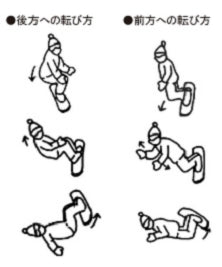
Learn how to fall safely
Learning how to fall beforehand will reduce the risk of injury and also reduce fear. 1. When falling backwards, lower your upper body, round your back, and raise your head to avoid hitting the back of your head. 2. When falling forward, place your knees on the snow and support your body with your arms spread out beyond your shoulders. In either case, raise the board so that it does not dig into the snow. 3. When jumping, the basis is to take off correctly while maintaining balance. When landing, try to match the angle of the board to the slope as much as possible. If you land on your tail, the recoil will cause you to lose balance.
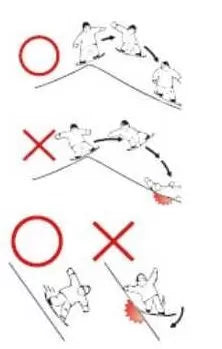
Be careful when jumping
① In takeoff jumps, if you don't take off with good balance, you won't be able to correct it later. It's very important to take off correctly from the beginning.
② Landing: The closer the landing surface is to horizontal, the greater the impact when you land. Therefore, unless you are extremely confident, you should avoid jumping on hard, level surfaces.
Board angle when landing:
When landing on packed snow, try to align the board to the slope as much as possible. Also, if you land on the tail, the reaction will create a rotating force that will make you lose your balance.
Protective gear is essential to enjoy the sport safely.
Even if you understand it verbally and in your head, it's difficult to instantly judge how you'll fall until you get used to it.
Even advanced skiers can get injured if they fall during snow sports, so it is advisable to wear protective gear that provides protection for the upper body and other parts of the body. Wearing protective gear that supports the whole body and allows for freedom of movement will further enhance the enjoyment of snow sports.
"Snowboarding Injuries" by Professor Kota Watanabe of Sapporo Medical University (doctor at the Japanese Olympic Team for the Vancouver and Sochi Olympics) (translated from the clinical journal "Orthopedics")
YOROI Safety Accessories POP
Yoroi Sticker Large
STICKER

